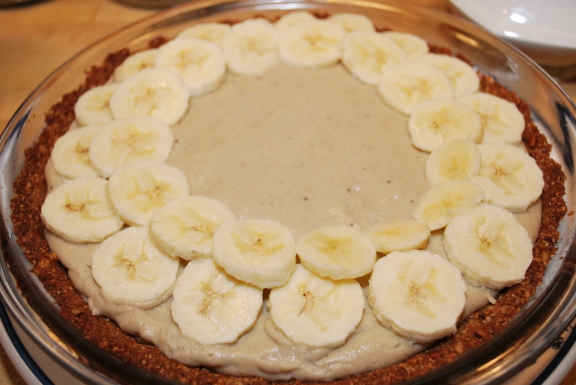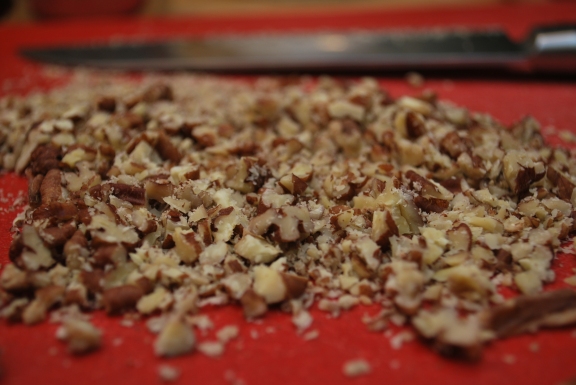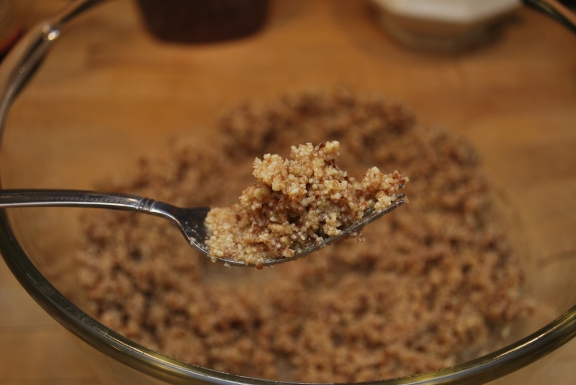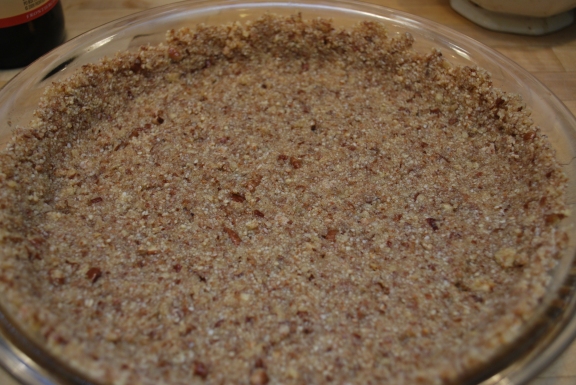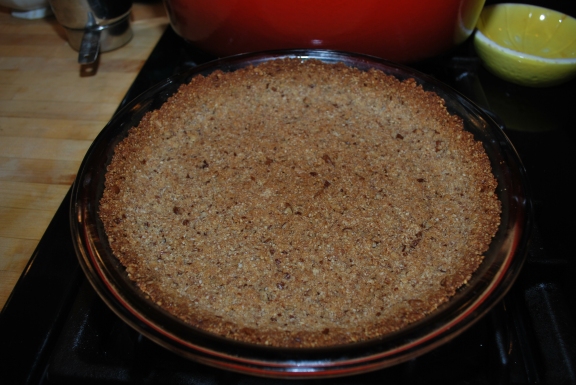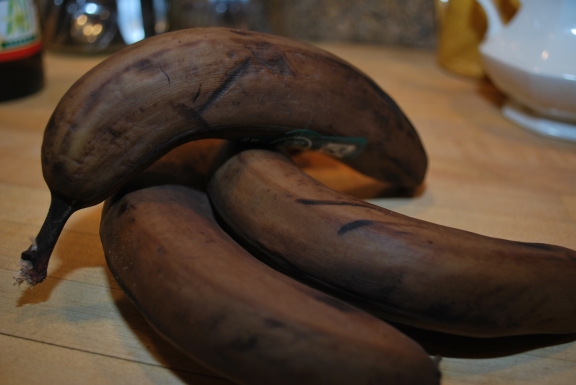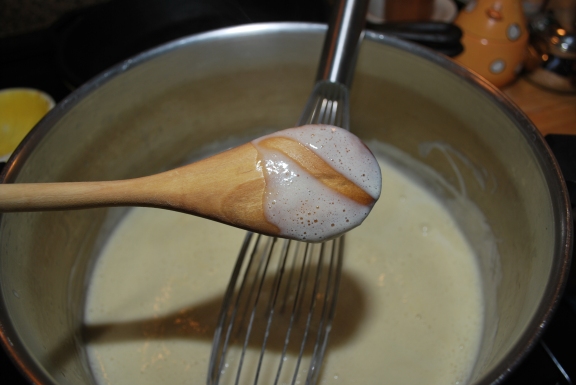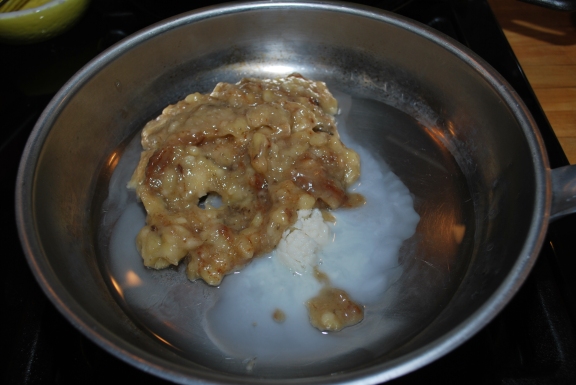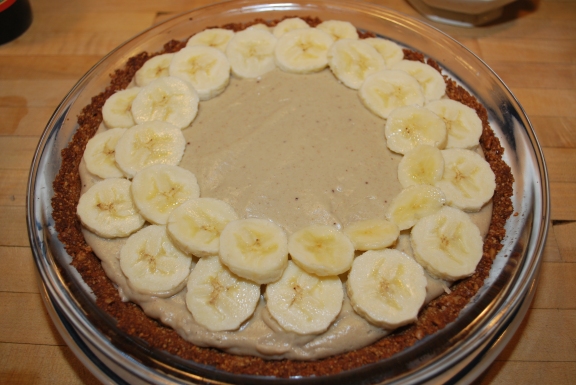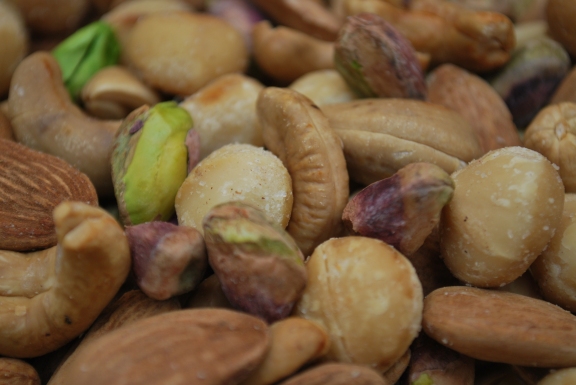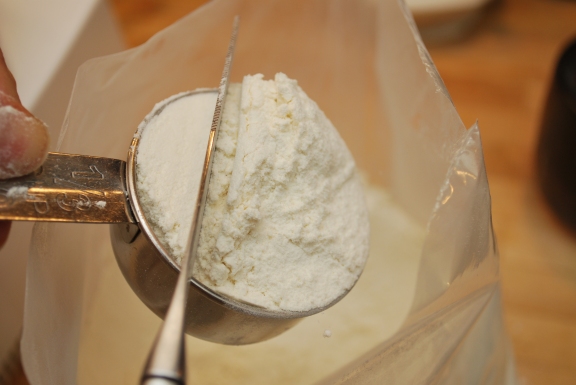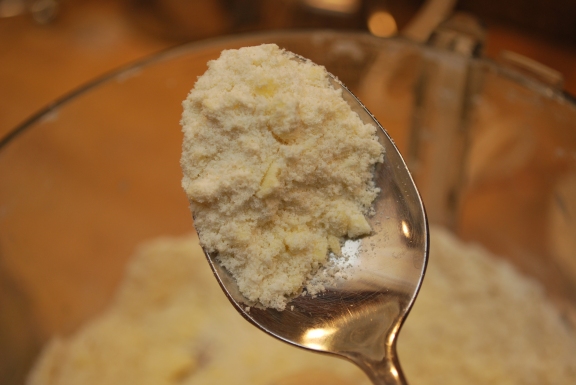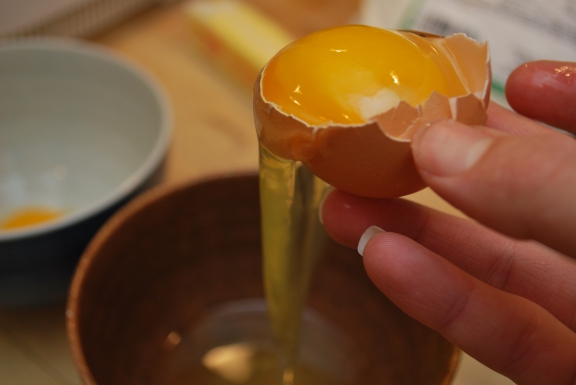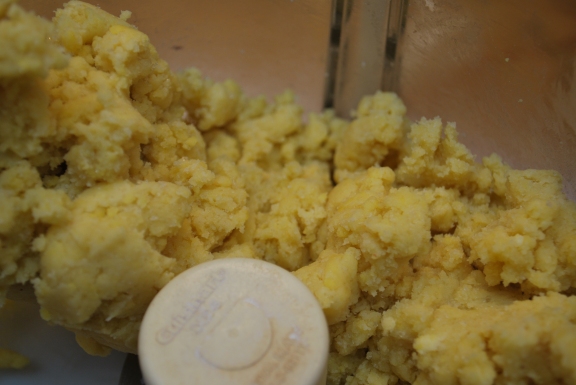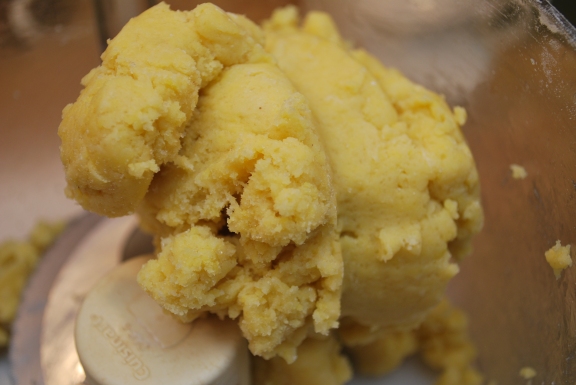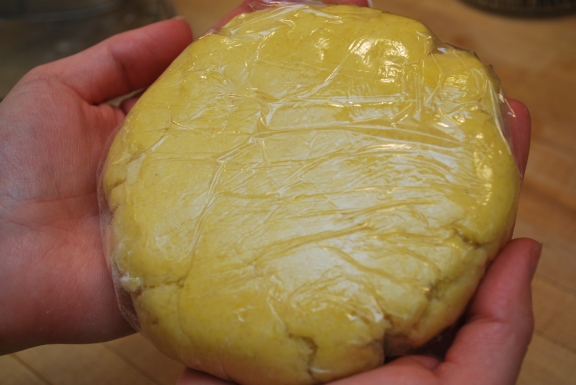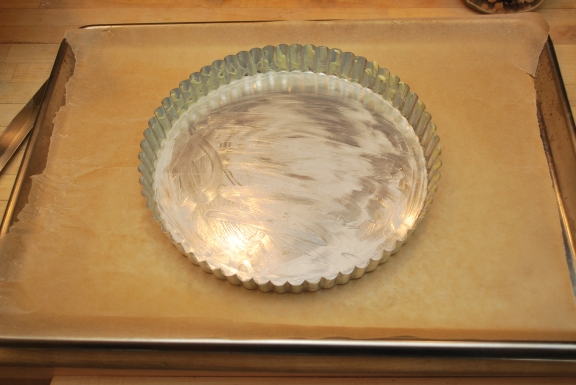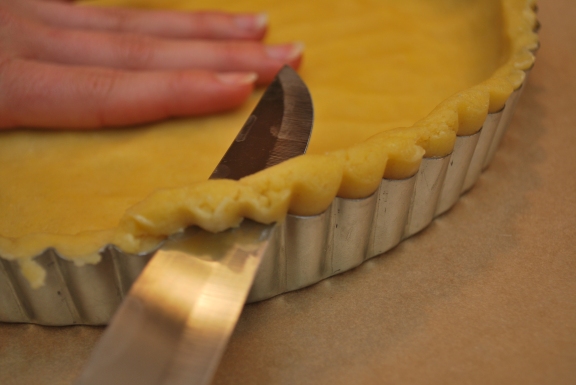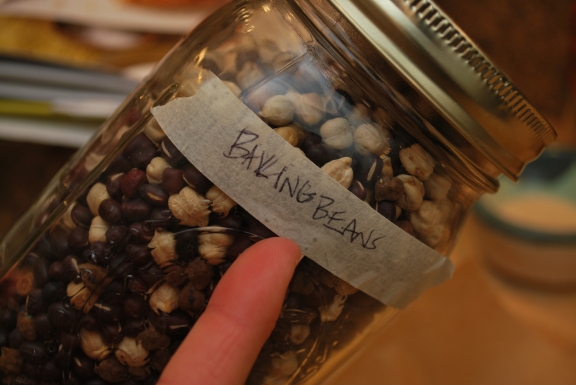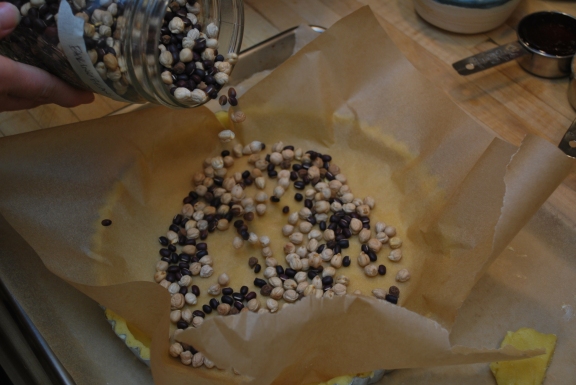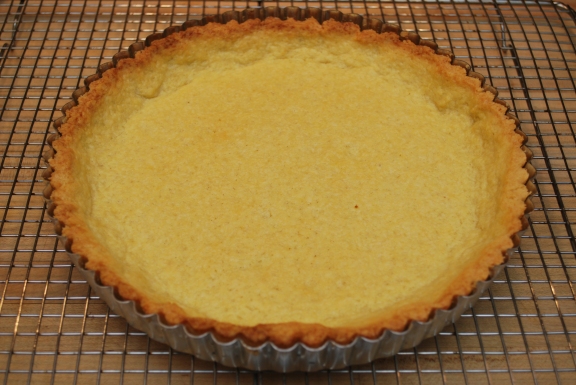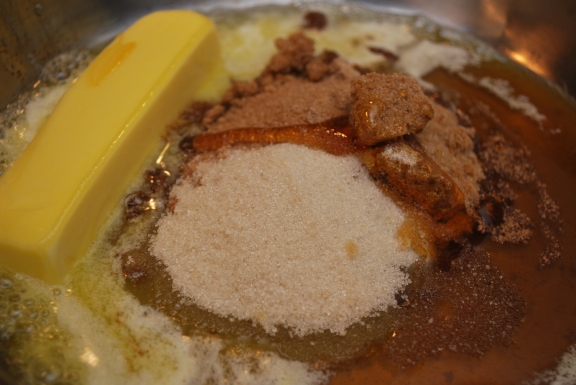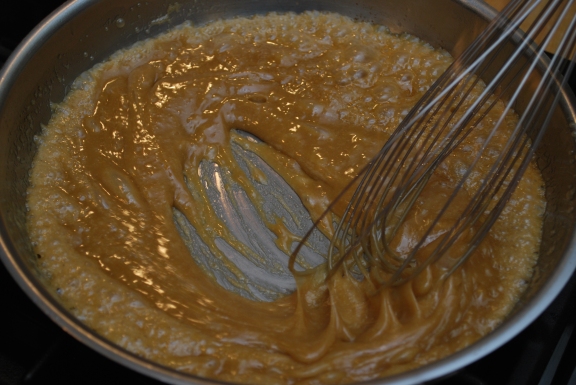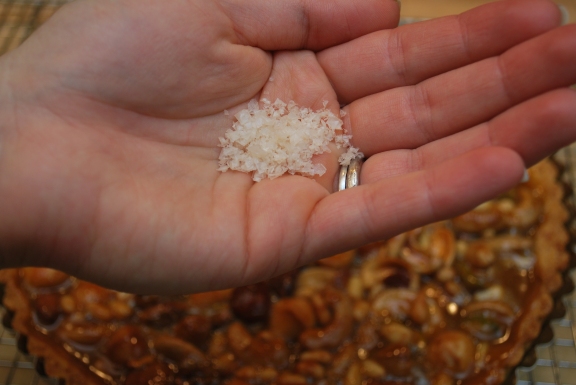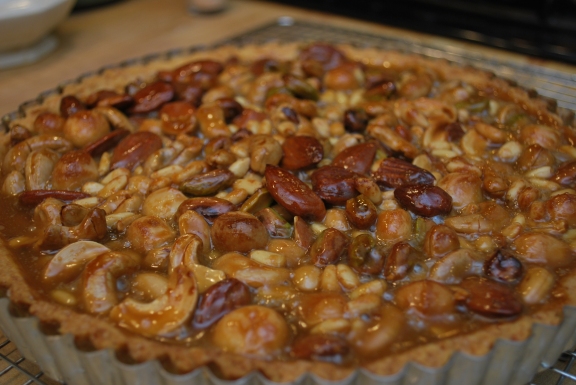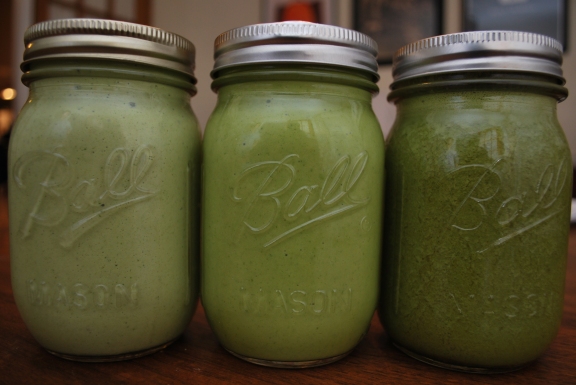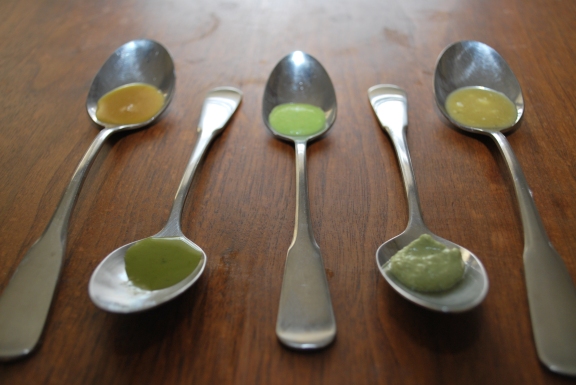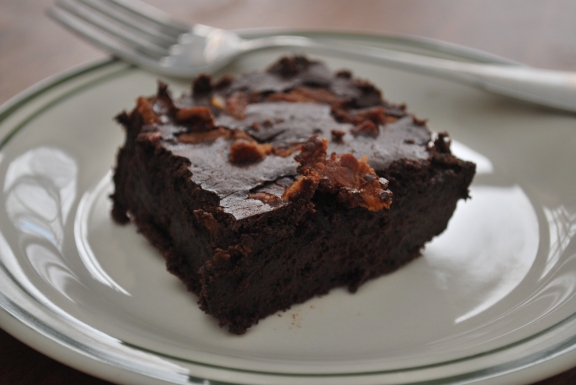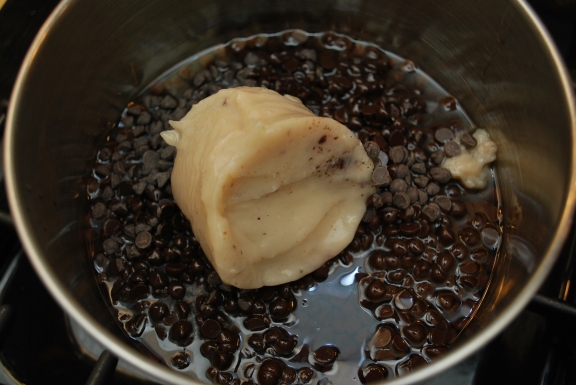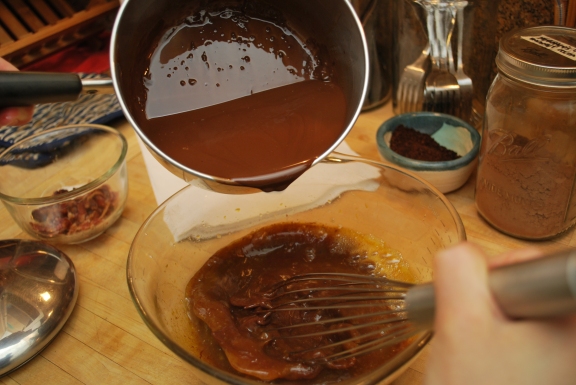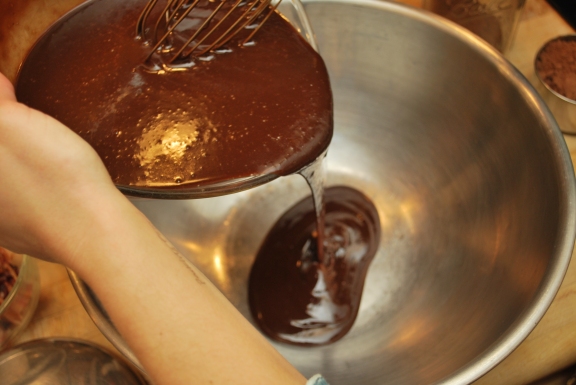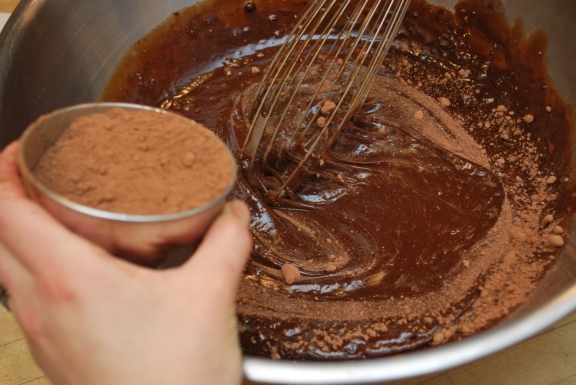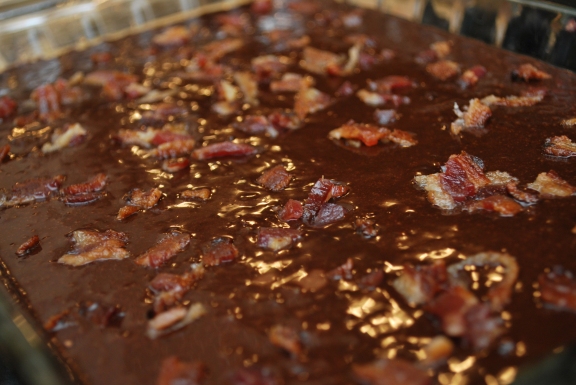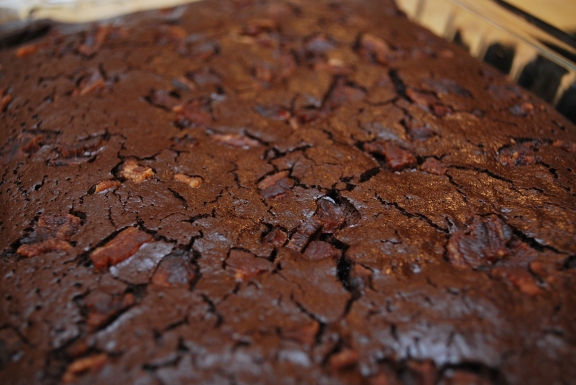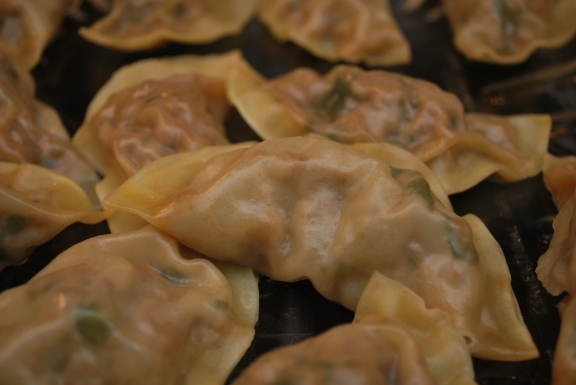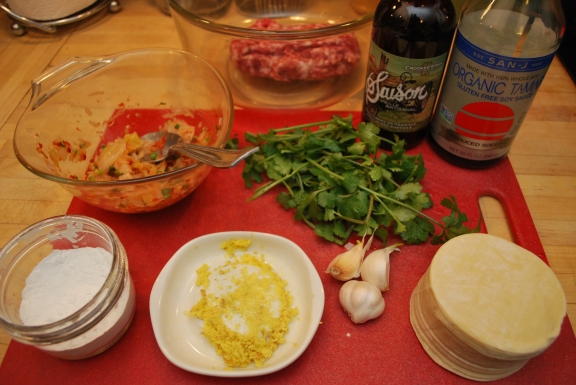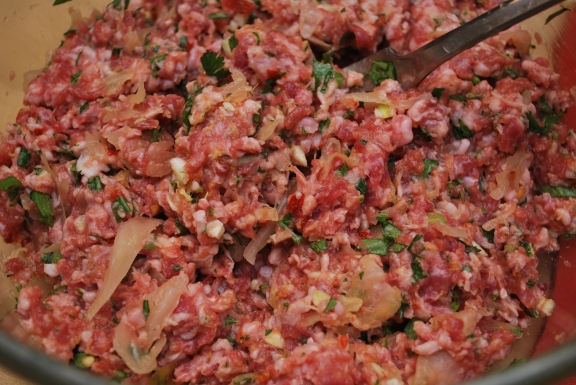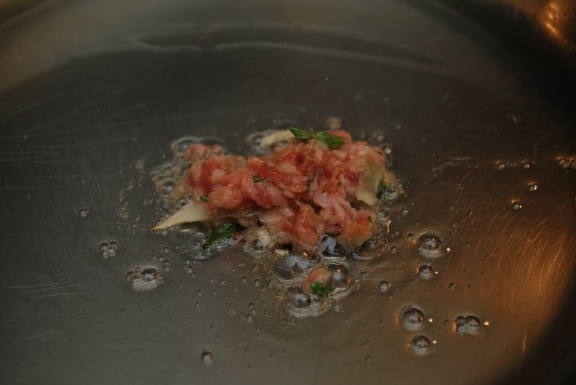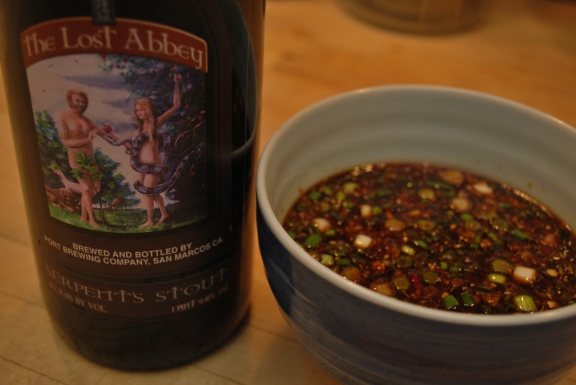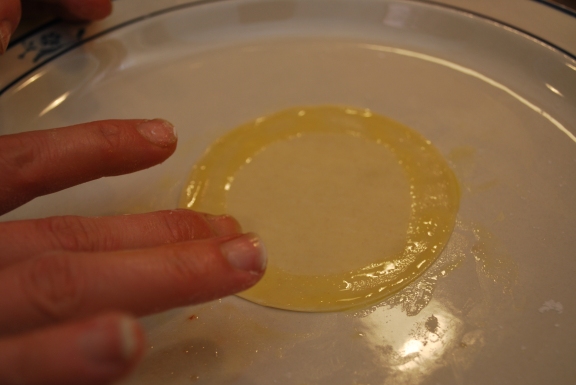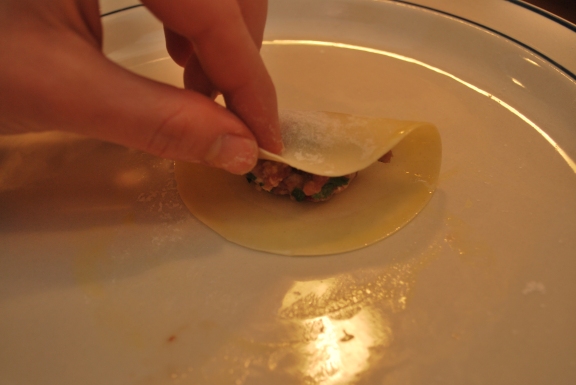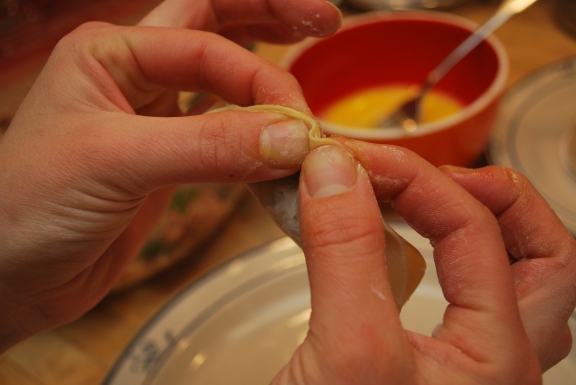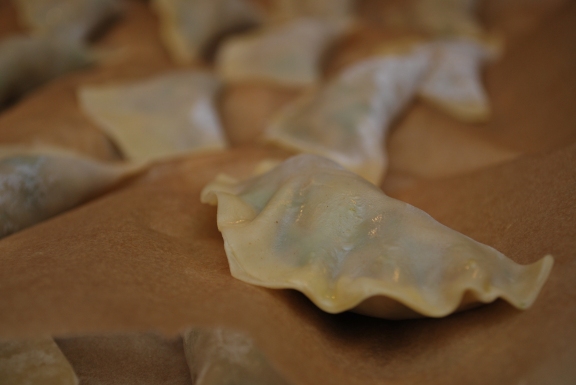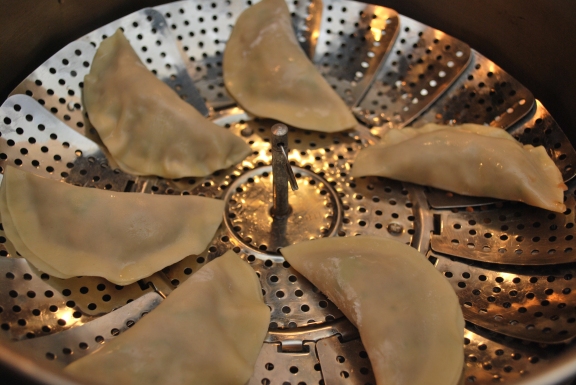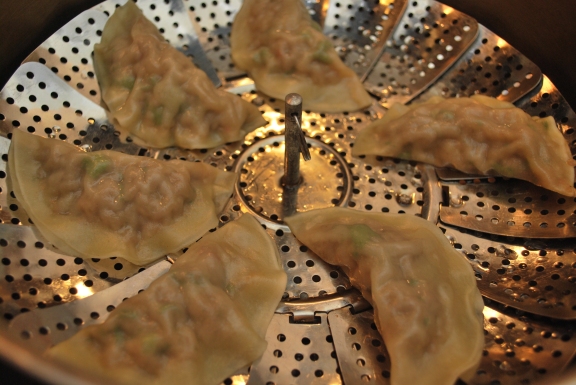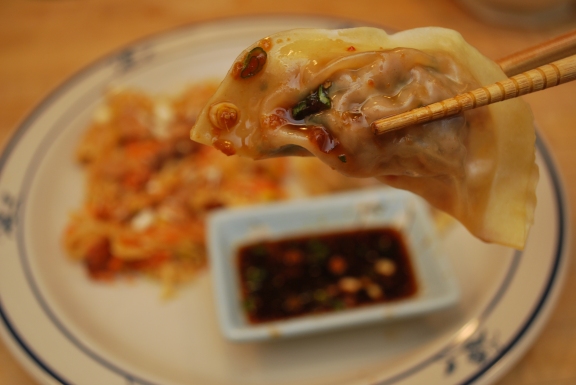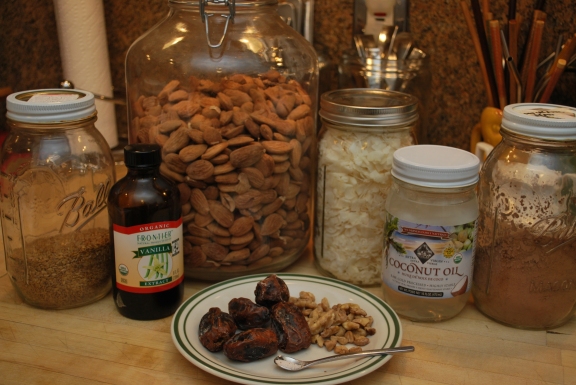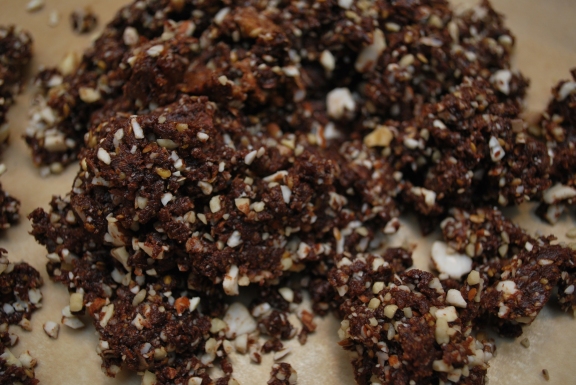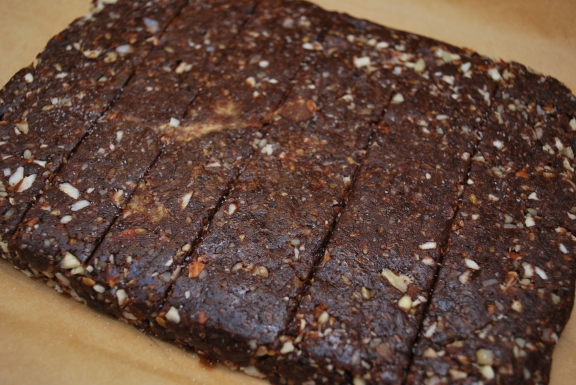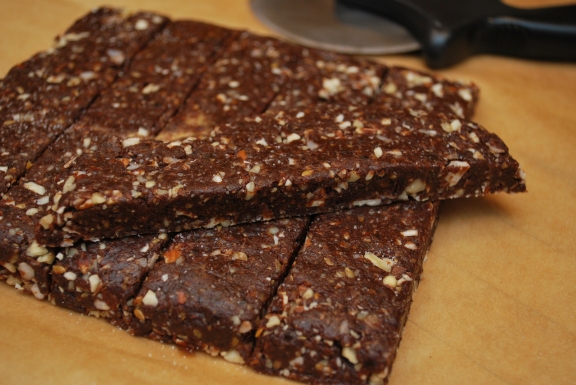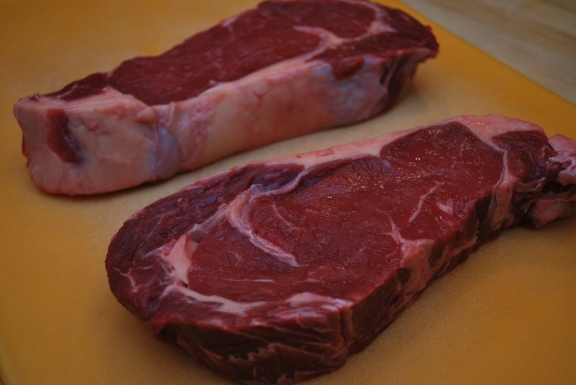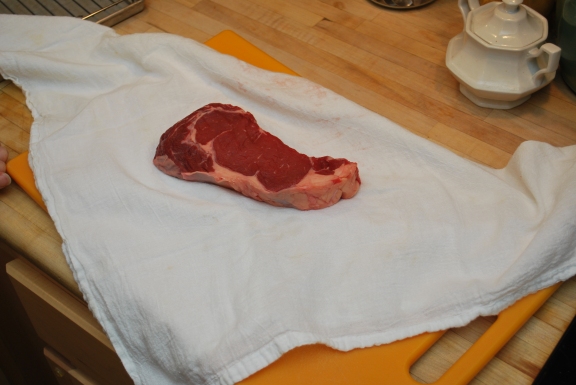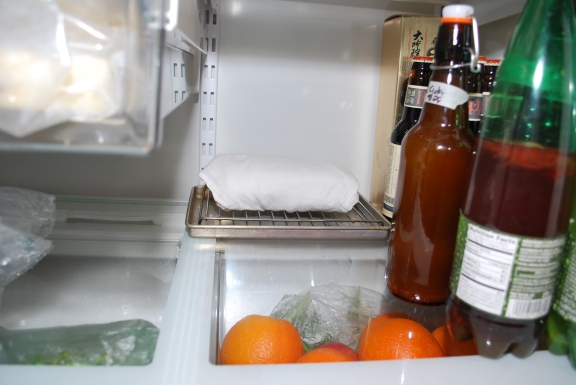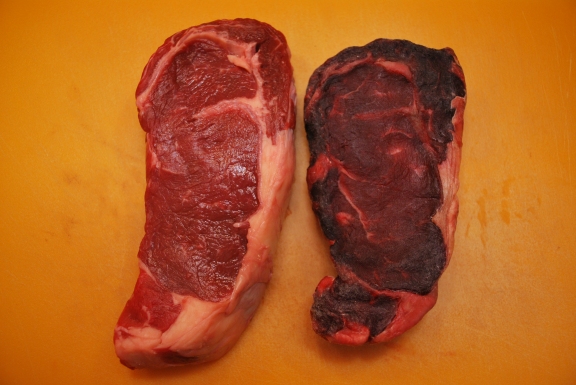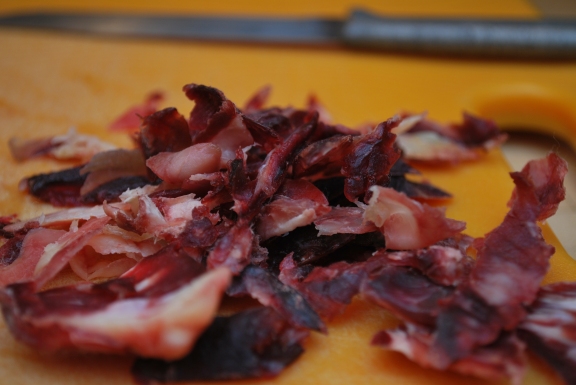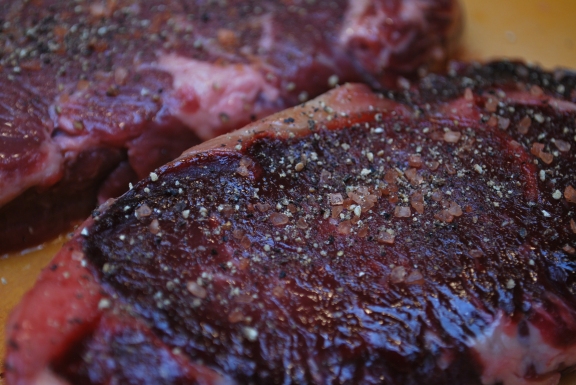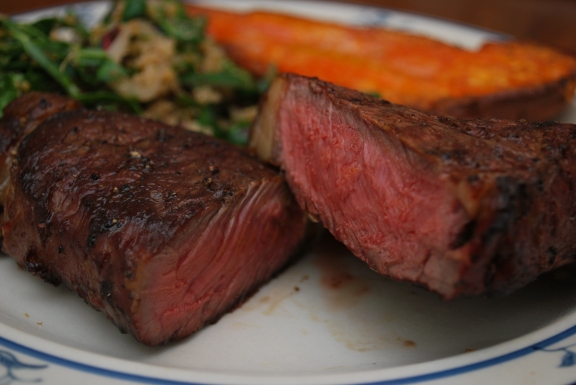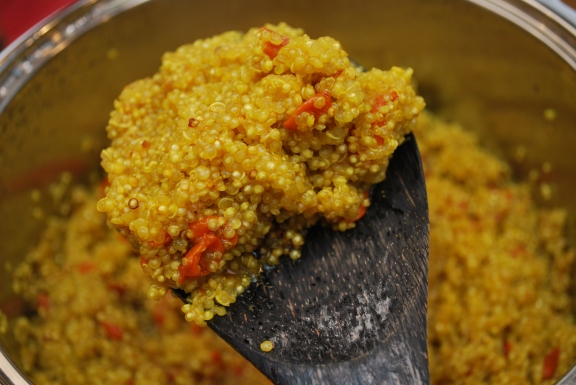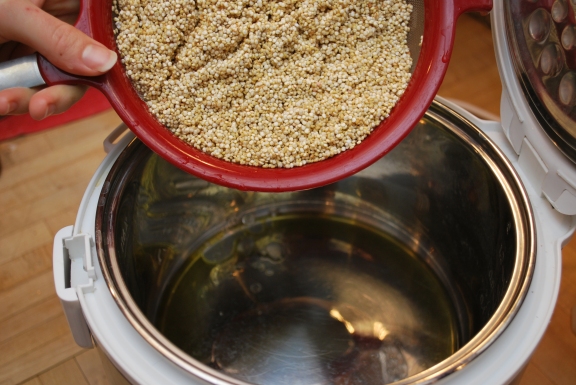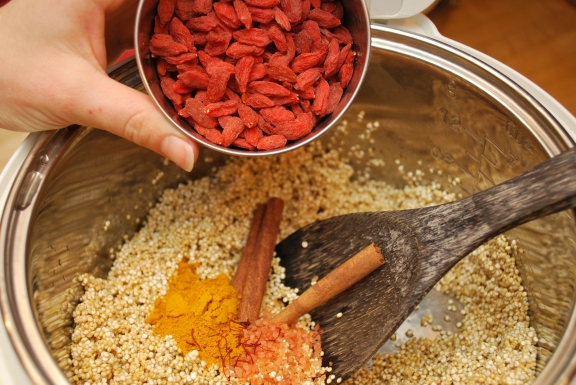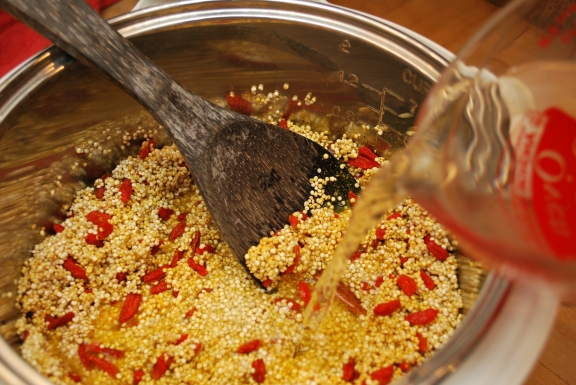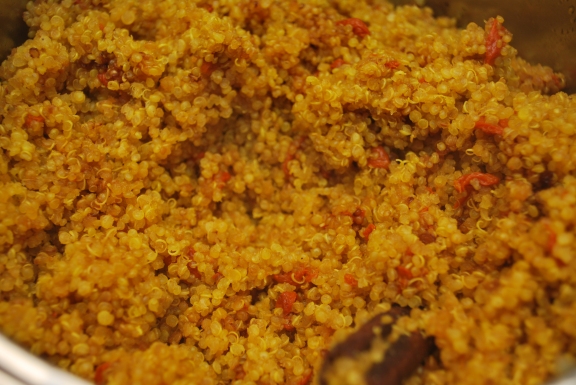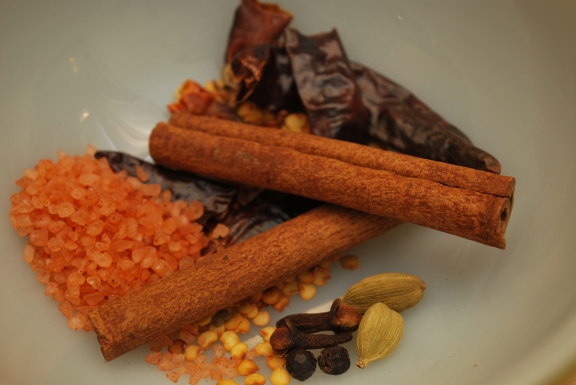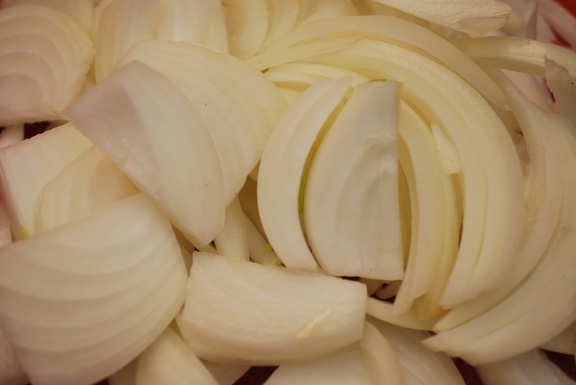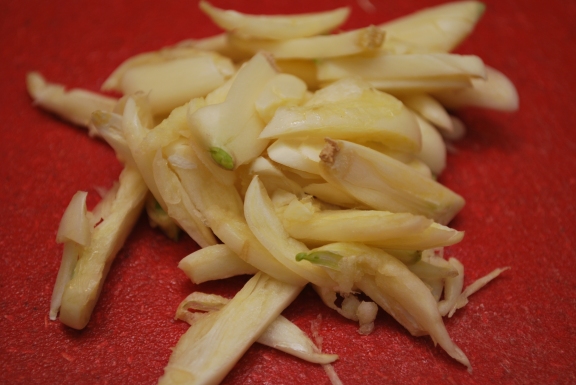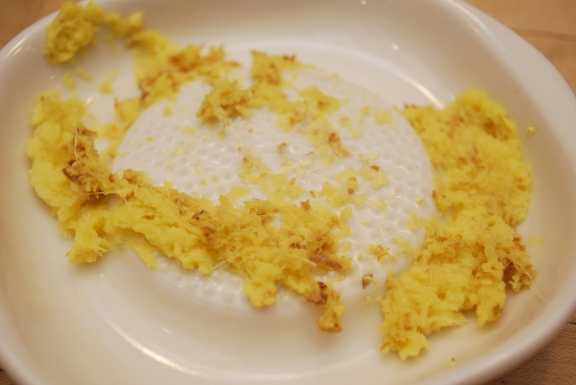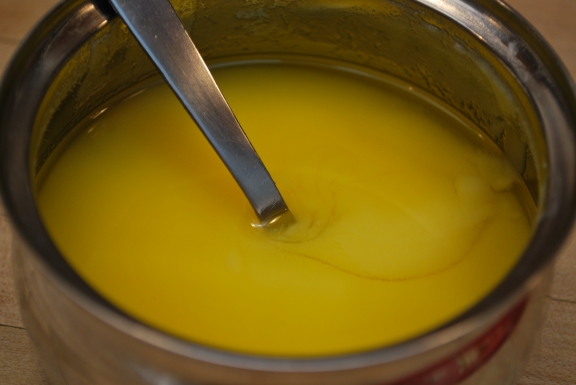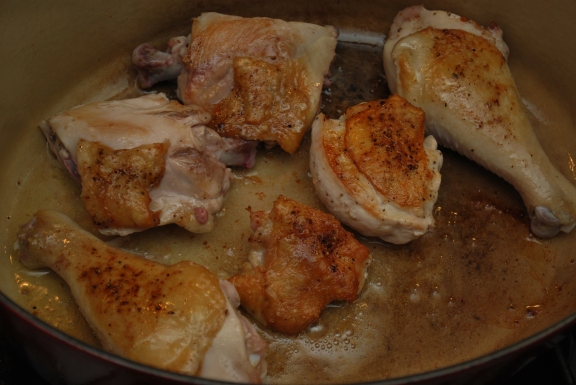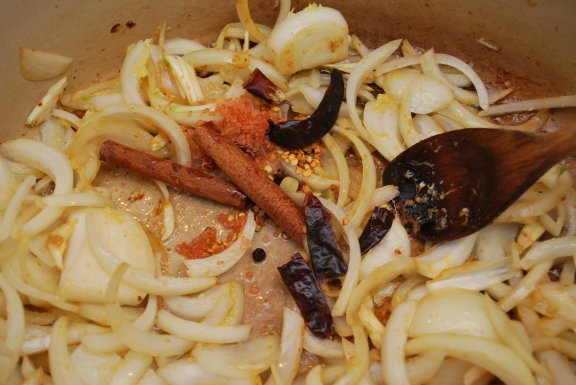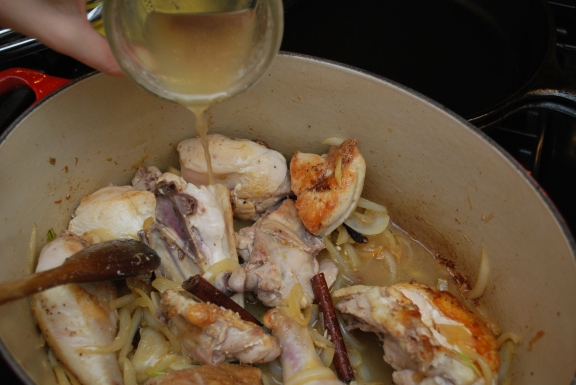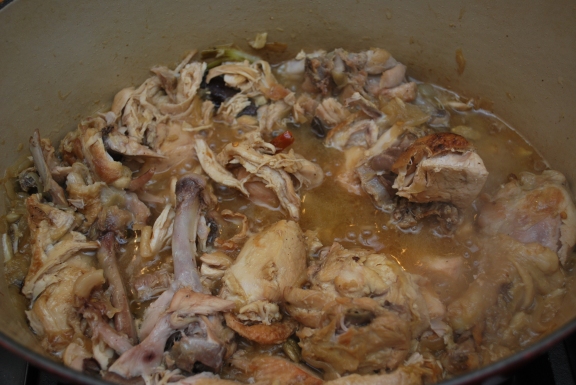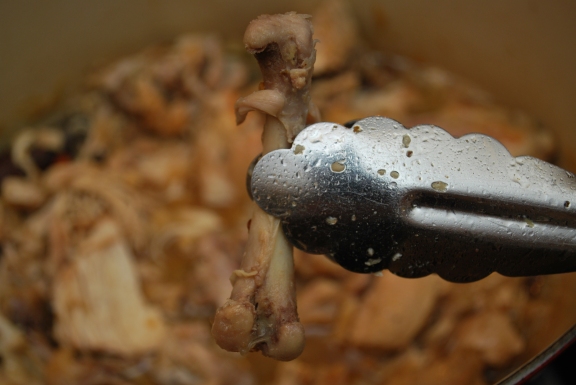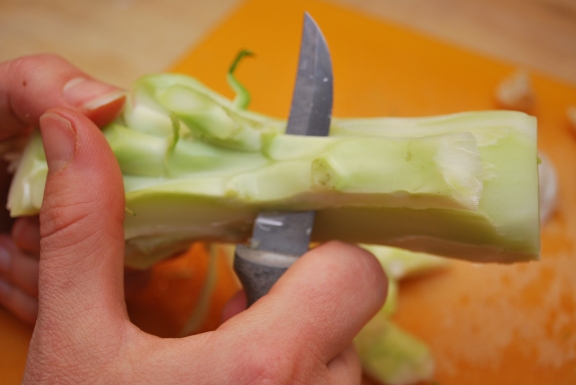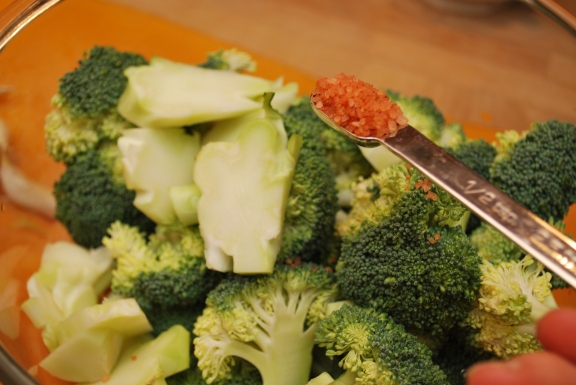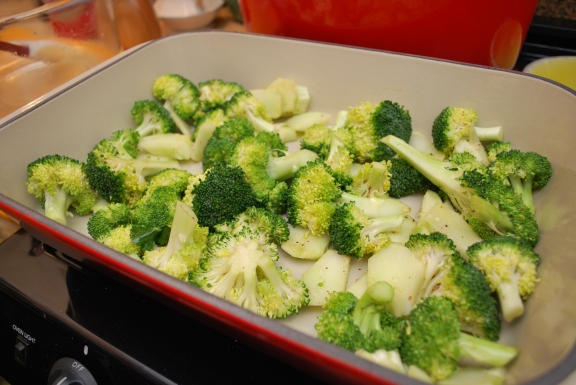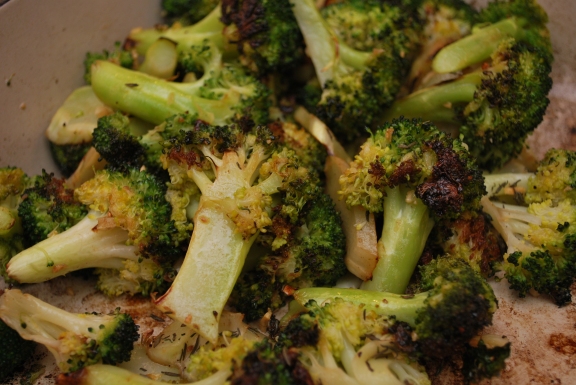After my last post defaming pecan pie, I am a little reluctant to give my opinion on another popular american dessert for fear of alienating any other fervent readers of Southern Hospitality. I had no idea there would be so many pecan pie advocates who would be displeased with my assessment of that particular culinary atrocity but perhaps there is a lesson to be learned here?
Although I am not a fan of pecan pie, I absolutely adore banana pudding. This simple dessert was always a favorite of mine growing up. My grandmother would whip up some homemade vanilla pudding and layer it between slices of bananas and that ever-popular cookie from the late-sixties, Nilla wafers. This sweet and affordable dessert was perfect on a hot summer day and was easy enough to make for us even in the middle of the week. My grandmother would only enjoy her banana pudding on the first day, while the cookies were still crisp but I preferred my pudding day two, once they had become saturated and softened by the vanilla pudding.
In my own home, I have tried to eat as “cleanly” as possible for quite some time. It’s taken years but we have all but eliminated processed and prepared foods from our pantry and refrigerator. Consequently, we don’t keep boxes of Nilla wafers in our home as my grandmother always did, so my consumption of banana pudding has waned pretty drastically over the years. As I’ve mentioned previously, my attempts at creating “healthy” versions of some of my favorite foods has backfired on me more than once so I haven’t had the urge to make a batch of what would likely be hemp, spelt “faux-Nilla” wavers. Fortunately, I similarly adore banana cream pie, so opt for that when a craving arises. Even still, there’s the matter of sugar and white flour in pie that we’re all trying to eat less of these days. Womp womp.
Never fear my fellow banana pudding dessert lovers, there is an absolutely fantastic and healthful banana pudding pie recipe that will satiate those cravings! Upon the recommendation of a friend, I borrowed Paleo Comfort Foods from my local library. This book, written by Julie and Charles Mayfield, is full of fantastic and delicious homestyle cooking. I’ve made several recipes from this book and all have been delicious!
I combined two recipes from Paleo Comfort Foods to form one delicious and satisfying dessert that is gluten-free, sugar-free and dairy free (if you so choose). My personal feeling on Paleo-style desserts is that they are often heavy on coconut products like coconut flour, oil, milk and butter and have a tendency to have an over-powering coconut flavor, which is off-putting for some. Although this pie does call for coconut products, I am happy to report that it is certifiably bananatastic with not a lick of coconut undertones. Here are the recipes I followed:
NUTTY PIE CRUST
1 cup almond flour
1/2 cup pecans, roughly chopped
pinch of sea salt
1/4 cup coconut oil (melted) or butter (softened)
2 tablespoons honey (optional)
1 teaspoon vanilla extract
JULES’ BANANA PUDDING
1 can coconut milk
2 large egg yolks
1 teaspoon vanilla extract
1 tablespoon coconut oil
1 tablespoon coconut butter
3 REALLY ripe bananas
1/2 teaspoon cinnamon
A note on coconut oil. If you aren’t a fan of coconut flavor, or even if you are and you are just looking for a neutral oil to cook with, I would suggest buying a jar of organic “Ultra Clean Supreme Expeller Pressed” coconut oil from Wilderness Family Naturals. This oil is expeller pressed mechanically without using solvents (as many oil processors use) and the coconut flavor is neutralized using a hot water/steam method. There is absolutely no coconut flavor but the integrity of this oil is still intact. It’s perfect for baking (in lieu of shortening) and great for frying, sauteing or eating by the spoonful, if that’s what you’re in to.
The first thing you need to do is make your crust. FYI, this crust is delicious and would be the perfect base for many other pies, particularly the fruit variety. The pecans add a slight sweetness, which is nice for this dessert, but you can use just about any kind of nut you’d like in this pastry.
Preheat your oven to 350 degrees and roughly chop 1/2 cup of pecans. You can either do this in a food processor by pulsing the blade a few times or just use a good old-fashioned knife and cutting board.
Add the chopped pecans, almond flour and salt to a large bowl. Mix in the butter (or coconut oil), vanilla extract and honey, if desired. I chose to use butter in mine because butter is delicious. I don’t need to explain myself any further. Stir wet and dry ingredients together until completely combined. The mixture will be sticky and pliable, like so:
Using your fingers, press the dough into a 9.5-inch pie pan. I think mine was a little smaller, but it worked out just fine. A larger pan will yield a thinner crust and a smaller pan will give you a crust that’s a little thicker. The key is to try to get the dough evenly distributed. If your hands get too sticky, you can run them under a little water and work with slightly dampened hands.
Bake for about 12 to 14 minutes or until the crust is golden brown. Remove and set on a baking rack to cool while you make the delicious banana pie innards, also known as the filling.
The key to this pie – and this is very important – is that you should use the ripest bananas you can get. The bananas to be used will be far beyond what I consider edible, but their sugar content will be highest at this point. Since there’s no sugar added to the filling, you need to make sure these bananas as sweet as possible. You can leave a bunch of bananas on the counter for a week, ask your grocer for the “extra” ripe ones they usually have in the back or you can hack-ripen the bananas by putting the in a paper bag with a tomato or an apple. Just make sure they look like these guys:
Now that the banana business is out of the way, you can make the pudding. You’ll see, there’s absolutely no reason you should ever make a box mix of pudding after giving this recipe a try. Sure, it take a little more time to do, but it’s not difficult and the proof is in the… you know.
In a large pot over medium heat, whisk together coconut milk, egg yolks and vanilla. Just watch the heat, you don’t want to curdle the liquid and end up with coconut scrambled eggs.
Stir constantly with a whisk or wooden spoon until the mixture starts to thicken. If you can draw a line on the back of the spoon and the pudding doesn’t run back together, it’s thick enough. Remove from the heat.
In a separate small frying pan, heat the coconut oil and coconut butter over medium heat. Add the bananas, slightly smashed, along with the cinnamon. Cook until the bananas are slightly caramelized and browned.
Put the cooked banana mixture and the custard base in a blender or food processor and blend until smooth and creamy. Then pour the pudding into your cooled pie crust and decorate with sliced bananas. I used two bananas to decorate my pie. Make sure to cover the pie with a layer of plastic wrap soon after filling and decorating to prevent a skin from forming. Refrigerate that baby and share this pie with people you love.
I had planned on making some coconut whipped cream to accompany this pie but got lazy. I still think that would be a nice addition to this dessert. My first impression of the pie is how much it reminded me of my grandmother’s banana pudding, despite all of the obvious differences in ingredients. I was also pleasantly surprised with the texture, which held up to slicing, and the flavor, which was incredibly and perfectly sweet despite not having any added sugar or sweeteners. The crust was buttery and crunchy like a healthy version of a graham cracker crust. But what surprised me most was that the crust stayed crisp for the full four days it took us to eat up this pie. I almost regret this crispness since there was no comparable soggy-Nilla wafer experience.
There’s a note from the authors that this would be really tasty served frozen and I tend to agree with that. If you really wanted to go off the deep end, you could also add some chocolate in the mix.
I took the liberty of marrying the crust recipe with the pudding recipe and I stand by that decision but even without a crust, this pudding is really impressive. I think it would be hard to find a more delicious, rich and satisfying gluten- and sugar-free dessert… made with whole foods. This is definitely one I’m planning on making again, and soon!
Sure, this isn’t quite banana pudding and it’s not quite banana cream pie but it’s damn fine, as Agent Cooper would say. And since this isn’t an overhaul of any specific American dessert, I feel confident that I am safe from the wrath of any Paula Deen devotees out there.
Here’s hoping you give these recipes a try!

